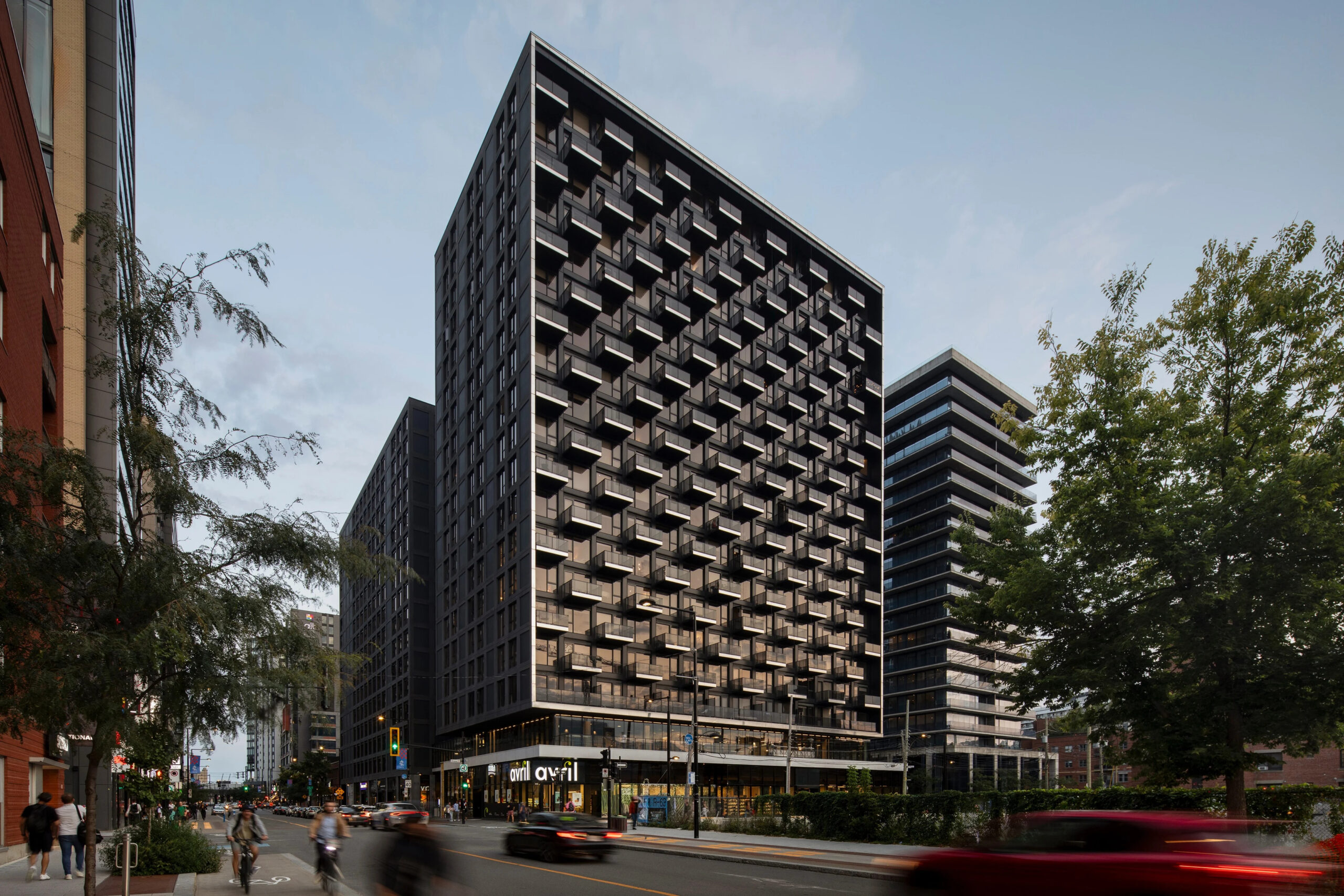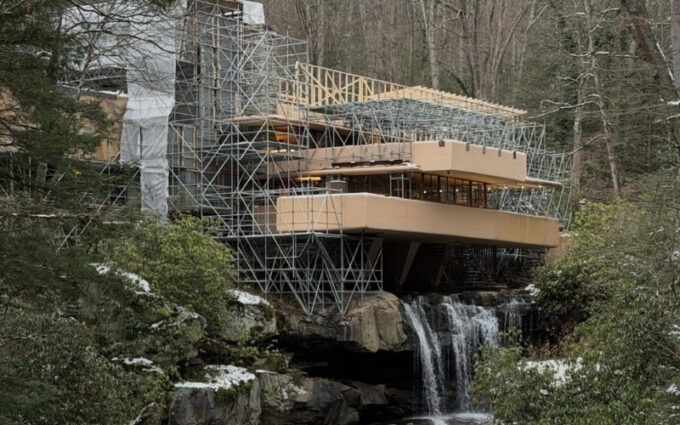- Home
- Articles
- Architectural Portfolio
- Architectral Presentation
- Inspirational Stories
- Architecture News
- Visualization
- BIM Industry
- Facade Design
- Parametric Design
- Career
- Landscape Architecture
- Construction
- Artificial Intelligence
- Sketching
- Design Softwares
- Diagrams
- Writing
- Architectural Tips
- Sustainability
- Courses
- Concept
- Technology
- History & Heritage
- Future of Architecture
- Guides & How-To
- Art & Culture
- Projects
- Interior Design
- Competitions
- Jobs
- Store
- Tools
- More
- Home
- Articles
- Architectural Portfolio
- Architectral Presentation
- Inspirational Stories
- Architecture News
- Visualization
- BIM Industry
- Facade Design
- Parametric Design
- Career
- Landscape Architecture
- Construction
- Artificial Intelligence
- Sketching
- Design Softwares
- Diagrams
- Writing
- Architectural Tips
- Sustainability
- Courses
- Concept
- Technology
- History & Heritage
- Future of Architecture
- Guides & How-To
- Art & Culture
- Projects
- Interior Design
- Competitions
- Jobs
- Store
- Tools
- More
Exploring the Common Ground of Landscape Heritage and Architecture for Timeless Design
Explore the intricate connection between landscape heritage and architecture, where culture, history, and creativity intertwine. Discover how thoughtful design enhances our environment, blending past and present with sustainability and innovation. Dive into case studies, challenges, and solutions that highlight the harmony between natural and built spaces.

When we think about the spaces we inhabit, it’s impossible to separate the natural world from the structures we create. Landscape heritage and architecture, though distinct, share a deep connection that shapes how we experience our environment. Together, they tell stories of culture, history, and human ingenuity, blending the past with the present in ways that feel both timeless and innovative.
Our landscapes and buildings aren’t just functional; they’re reflections of identity and memory. The harmony between these two disciplines lies in their shared goal of creating spaces that inspire, protect, and endure. By exploring their common ground, we uncover how design and nature work hand in hand to enhance our lives while preserving the essence of a place.

Table of Contents
ToggleUnderstanding Landscape Heritage
Landscape heritage represents the interplay of natural and human-made elements, serving as a record of cultural and environmental evolution. It defines the character of a place, connecting us to its past and shaping its future.

Definition And Importance
Landscape heritage encompasses physical landscapes shaped by nature and human activity, such as historic gardens, agricultural lands, and urban parks. These spaces reflect collective values and serve as living archives of culture, ecology, and community identity. Recognizing its importance preserves historical significance, supports biodiversity, and strengthens the connection between architecture and the natural environment.
Key Elements Of Landscape Heritage
- Cultural Representations: Sites like ancient villages and sacred landscapes reveal historical and cultural narratives tied to human life.
- Natural Features: Rivers, mountains, and vegetation that anchor the sense of place within its ecosystem.
- Design Integration: Structures or pathways harmonized with the surrounding terrain create continuity between human design and nature.
- Temporal Dimension: Evolving patterns of land use over time enhance their historical depth, showcasing overlap between conservation and change.
- Symbolic Meaning: Monuments or commemorative spaces imbue the landscape with memory and identity.
Focusing on these elements strengthens our understanding of how landscapes and built environments coalesce.
The Role Of Architecture In Heritage
Architecture stands as a testament to cultural progress and historical milestones. Its integration with landscape heritage showcases how built environments reflect collective values across time.

Architectural Evolution Over Time
Architectural styles track societal changes through history. Gothic cathedrals, Renaissance palaces, and Modernist buildings reveal technological innovations and shifting design philosophies. Each era’s construction techniques and materials reflect its prevailing resources, socio-political climate, and aesthetic ideals. For example, the Roman Colosseum exemplifies advanced engineering, while the Bauhaus movement reveals a minimalist approach born from industrialization.
Urban landscapes evolve as architecture adapts to changing needs and environmental constraints. Historical preservation initiatives safeguard structures that help connect us to past eras, such as Victorian homes or traditional adobe dwellings. The interplay between new and old architecture ensures that cities maintain their cultural and historical essence while evolving creatively.
How Architecture Shapes Cultural Identity
Architecture embodies cultural narratives, embedding traditions and local customs into tangible forms. Temples, shrines, courthouses, and marketplaces often represent the unique identity of their respective societies. For instance, the sacred geometry in Islamic mosques demonstrates spiritual significance, while Scandinavian-style wooden churches highlight regional craftsmanship and climate-conscious design.
Buildings often symbolize a shared heritage. National monuments, such as the Eiffel Tower or the Taj Mahal, act as identity markers, embodying values or historical achievements. As architecture aligns with its surrounding landscape heritage, it reinforces how societies perceive and commemorate their cultural roots over time.
Exploring The Common Ground
Landscape heritage and architecture share a dynamic connection, shaping how we interact with spaces and their histories. Together, they form a cohesive narrative that blends culture, nature, and design.

Interconnections Between Landscape And Architecture
The synergy between landscape and architecture lies in their mutual influence. Architectural designs are often inspired by natural terrains, while landscapes are structured to complement built forms. For example, the integration of gardens into urban developments like New York’s High Line transforms industrial relics into public green spaces, enriching urban livability.
Well-planned spaces balance functionality with aesthetics, ensuring buildings harmonize with their surroundings. Frank Lloyd Wright’s Fallingwater exemplifies this, merging structure and environment to create a unified experience. This relationship not only enhances visual appeal but deepens our connection to the cultural and environmental context.
Preservation Of Cultural Narratives
Landscape and architecture act as vessels for cultural storytelling. Historic landmarks and preserved natural spaces narrate generations’ traditions and achievements. For example, UNESCO World Heritage Sites reflect the interplay of human ingenuity and ecological significance.
Preservation efforts ensure these narratives endure amidst modernization. Restored buildings like Venice’s Doge’s Palace or conserved landscapes like Kyoto’s traditional gardens highlight the balance of innovation and conservation. By maintaining these cultural assets, we safeguard collective memory and foster a sense of continuity in contemporary design practices.
Modern Approaches To Integration
Modern integration of landscape heritage and architecture prioritizes harmony, functionality, and sustainability. These approaches leverage innovative methods to address environmental, cultural, and historical contexts, creating spaces that respect traditions while embracing advancement.

Sustainable Practices In Design
Sustainable design practices emphasize environmental stewardship within the fusion of landscape heritage and architecture. We incorporate eco-friendly materials, renewable energy sources, and efficient water management systems to minimize environmental impact. For example, green roofs and living facades integrate nature into urban structures, reducing the urban heat island effect and promoting biodiversity. Community-centric strategies such as rain gardens and permeable pavements preserve natural water flow and protect ecosystems.
Adaptive reuse also supports sustainability by repurposing existing structures, reducing construction waste, and honoring historical elements. Projects like London’s Battersea Power Station redevelopment showcase how modern designs respect heritage while advancing functionality. By prioritizing sustainable solutions, we align architecture and landscapes with ecological and cultural preservation.
Balancing Tradition And Innovation
Balancing tradition with innovation preserves historical value while fostering modern functionality. We draw from regional aesthetics, materials, and techniques to create designs that honor cultural legacies. Simultaneously, cutting-edge tools like parametric modeling allow for more adaptable, context-sensitive structures, enhancing both design precision and impact.
Examples like Beijing’s National Stadium, inspired by traditional Chinese ceramics yet built with advanced engineering, illustrate this balance. Similarly, contemporary urban parks such as Singapore’s Gardens by the Bay merge centuries-old botanical traditions with futuristic engineering. This integration ensures that spaces remain culturally meaningful while addressing modern needs and challenges.
Case Studies Highlighting Synergy
Exploring real-world examples reveals the deep connection between landscape heritage and architecture. These case studies showcase how thoughtful integration results in spaces that honor both history and innovation.

Examples Of Harmonious Projects
Projects like the Eden Project in Cornwall, UK, demonstrate the blending of architecture and landscape heritage. Its geodesic biomes house diverse ecosystems, reflecting the site’s historical roots as a clay pit while promoting sustainability. Similarly, the Bosco Verticale in Milan integrates vertical gardens into residential towers, enhancing biodiversity and advancing urban greening.
In Paris, the Parc André Citroën exemplifies how industrial heritage is transformed into valuable public space. The park incorporates minimalistic design to complement existing features, maintaining a balance between natural and built elements. Another noteworthy project, the integration of architecture and landscape at the Getty Center in Los Angeles, creates a seamless dialogue between the hilltop garden and Richard Meier’s geometric building forms, supporting cultural and visual harmony.
Lessons From Successful Integrations
Each of these projects highlights the importance of respecting the unique characteristics of a site. Adaptive reuse, as seen in the Eden Project, reveals how unused or historically significant locations can become functional and inspiring. Incorporating native plant species, like in Bosco Verticale, ensures ecological relevance while providing environmental benefits.
Design that complements the surrounding context, such as at Parc André Citroën, helps preserve authenticity. Using innovative techniques, as shown at the Getty Center, underlines how technology and artistry can coexist. These examples underscore the value of balancing functionality, aesthetics, and cultural significance to create spaces that echo heritage while embracing progress.
Challenges And Opportunities
Balancing landscape heritage and architecture creates challenges but also opens doors to innovative opportunities. Identifying and addressing these complexities ensures better preservation and harmonious integration.

Addressing Conflicting Priorities
Conflicts often arise between preserving heritage and meeting modern development needs. Urban expansion, infrastructure demands, and population growth frequently pressure historic landscapes and architectural sites. For instance, areas like historic urban centers face threats from high-density housing projects and commercial developments.
Limited resources add to the difficulty, as financial constraints often prioritize immediate functionality over heritage conservation. Regulatory misalignment further complicates integration efforts, with differing standards for natural and built environments leading to fragmented approaches. Ensuring long-term sustainability challenges us to create strategies that address immediate concerns while respecting historical and environmental significance.
Embracing Collaborative Solutions
Collaborative approaches help bridge gaps, fostering alignment between different stakeholders. Partnerships among architects, landscape designers, conservationists, and communities lead to solutions that balance development and preservation effectively. Examples like community-led heritage parks and integrated urban planning initiatives highlight the potential of shared efforts.
Advancements in technology enhance collaboration. Digital tools like GIS, 3D modeling, and Building Information Modeling (BIM) facilitate precise analysis of landscapes and structures. Using these tools, stakeholders achieve better-informed decision-making and adaptive reuse strategies that respect both historical context and current needs. Collaboration prioritizes sustainable growth while preserving our cultural and natural legacy.
Conclusion
The intersection of landscape heritage and architecture represents a vital space where culture, history, and human creativity converge. By examining their shared influence on our environment, we see how these elements collectively shape spaces that reflect identity and memory while maintaining ecological and cultural integrity. Through thoughtful integration, design transforms urban and natural settings into enduring narratives of both heritage and progress.
Acknowledging the synergy between landscapes and built forms highlights the value of harmonious design. When architecture respects the natural characteristics of a site, as seen in projects like Fallingwater, or when landscapes support the functionality of urban developments, as demonstrated by the High Line, the results are spaces that resonate deeply with their surroundings. These examples illustrate how we can strengthen the dialogue between the past and present while prioritizing sustainability and community relevance.
Innovative approaches, such as adaptive reuse, sustainable materials, and technologies like GIS, enhance our ability to preserve and reinterpret landscape and architectural heritage. From the Bosco Verticale’s vertical forest to the adaptive transformation of historic landmarks, these efforts ensure that modern development aligns with the goals of conservation and storytelling. As challenges like urbanization and resource limitations persist, collaborative strategies among designers, conservationists, and communities remain essential.
By fostering integration and innovation, we not only protect our cultural and natural legacies but also create spaces that inspire and connect. The balance of tradition, functionality, and sustainability serves as the common ground for ensuring that these disciplines continue to enrich our collective experience of the world.
- architectural heritage projects
- Architecture and landscape integration
- architecture and landscape synergy
- Cultural heritage architecture
- cultural landscape design
- heritage architecture design
- heritage site landscaping
- Heritage-Inspired Design
- historic architecture preservation
- historical landscape architects
- integrated landscape and architecture
- landscape and heritage experts
- landscape design for heritage sites
- landscape heritage conservation
- landscape heritage design
- modern heritage design
- sustainable heritage architecture
- timeless landscape architecture
- timeless landscape solutions
- traditional landscape architecture
Submit your architectural projects
Follow these steps for submission your project. Submission FormLatest Posts
Top 10 Landscape Architecture Books Every Modern Designer Should Explore
Landscape architecture combines creativity, ecological science, and human experience. For designers seeking...
7 Powerful iPad Apps for Modern Landscape Architecture & Garden Design
In 2025, iPad-based workflows have become essential for landscape architects and garden...
The United States’s Most Beautiful Parks and Gardens: Our Essential Guide
Discover the United States’s Most Beautiful Parks and Gardens with expert picks,...
Lawn Care Fundamentals That Make or Break Outdoor Designs
Most architecture students spend years learning design software and theory. Then they...












Leave a comment